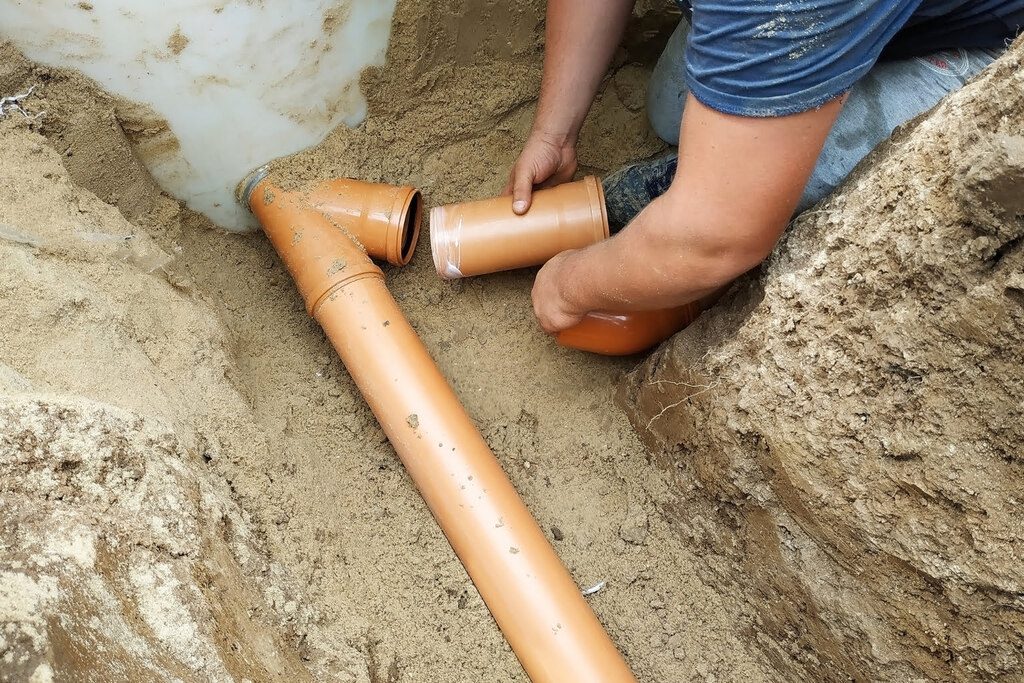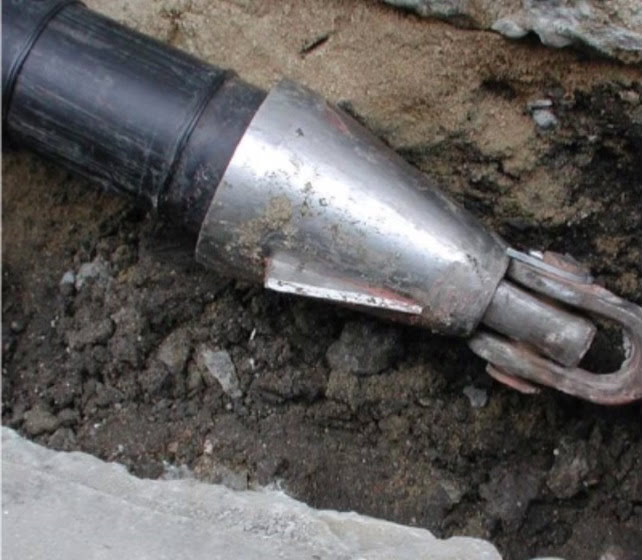Imagine you are the owner of some severely damaged pipes and need to replace them. You are looking at potentially extensive damage to your yard or business through the digging and landscaping that is required.
Thankfully, plumbing experts have developed a technique that eliminates the need for excessive digging and destruction to fix pipes. This technique is known as trenchless pipe lining.
Trenchless pipe lining is quicker, cheaper, and more versatile than other repair solutions. Because of these reasons, trenchless pipe lining works and is an excellent option.

What is Trenchless Pipe Lining?
As the name implies, a trenchless pipe lining job is one where one can replace or repair pipes without having to dig a sometimes hugely wide trench to access the pipes.
Trenchless Pipe Lining is an essential modern tool that plumbing experts have. According to the Pipeline and Hazardous Materials Safety Administration (PHMSA) in their 20-year trends report, the number of pipeline incidents and their costs has been steadily rising.
One reason for this increase is that older pipes built before the modern era are starting to fail, which is something trenchless pipe liners can help prevent.
The public sector is one place suffering from older pipe disrepair. Since government budgets are often divisive, preventative maintenance isn’t usually adhered to correctly. Water main breaks have become increasingly common, and officials cite older pipes as the primary cause.
City officials try to replace pipes as quickly as possible with modern pipe solutions, but progress is slow.
What Are the Steps of Trenchless Pipe Lining?
So, how does trenchless pipe lining work? There are several steps to the process that follow from one another. Sometimes an interruption or problem in one of the steps can lead to a change in diagnosis for the piping solution.
1. Camera Inspection
First, a professional needs to inspect the pipes with a camera line to discover what the issues are and what the potential causes could be.
Using a camera line is essential to getting a high-quality and detailed look into the pipes without opening them up.
2. Cleaning the Pipes
Next, the pipeline must be cleaned and cleared of debris disturbing the lining process. Often, roots, oils, debris, and objects can be challenging to remove, so depending on the difficulty of the cleaning job, there may be alternative techniques that need to be employed.
The plumbing professional may need to snake the drain to restore flow before the process can continue.
3. Measurements
Typically the measurements will need to be performed next in the process. The pipelines are measured, and the pipe liner is cut on-site according to the measurements taken.
4. Mix Resin
Another essential reason measurements are taken is that the resin for the lining needs to be mixed for the correct amount of resin needed.
The plumber will take different buckets measured and mixed to prepare for the next step.
5. Convert Into Pipe Liner
The plumber will then pour the resin into a liner. This process will roll the liquid resin around several times, which results in the resin being converted into a usable pipe liner.
6. Load the Pipe Liner Into an Inverter
The liner filled with resin is then put into a device known as an inverter. This inverter will use air pressure to push the liner into pipes after it is in position.
7. Insert Liner
The liner is inserted into the pipes and set up very cleanly so that it causes a minimal disturbance to the environment around it.
Only the tiny hole dug for the camera line is needed, though depending on the size of the job, it may need to be slightly expanded.
8. Bond the Resin
Once the liner is inserted, the inverter will use air pressure to invert the liner inside out, letting the resin out of the liner bond and seal with the already existing older pipe.
9. Cure Pipe Lining
The pipe liner is then cured, which hardens from heat or ultraviolet light. The result of this process is that the inside of the pipe becomes dry and quite soft.
After this process, the calibration tube is removed, and the pipe is ready to begin doing its job.
Benefits of Trenchless Pipe Lining
If you choose to use a trenchless pipe lining solution to replace your pipes, consider several appealing benefits.
Saves Time
Professionals skilled with the technology used in trenchless pipe lining can install the pipe lining in a blisteringly short amount of time.
Every situation is different, but once everything about the pipes or the property is figured out, installing new lines can be as short as a few hours.
Contrast the few hours you might spend waiting for new pipes versus the possible days it could take to rent equipment to dig up the pipes yourself puts the time saved into perspective.
Better Quality Pipes
Resin pipes are constructed with the most cutting-edge materials, and as a result, the pipe system will not be susceptible to corrosion, cracks, or rust buildup. It also resists tree root punctures more than other types of pipes.
Less Expensive
Because the amount of hours it takes to use lining goes down, trenchless pipe lining beats traditional pipe replacement hands down.
If the pipe intersects with a public space like a sidewalk, driveway, or utility line, costs can start to skyrocket with traditional pipe lining because of the need to dig up and then restore these parts of the land.
Longevity
It is often the case that the resin used inside the pipe lining can last upwards of 50 years. This is because the resin is more resistant to natural influence than traditional piping styles.
Resin is also more resistant to environmental changes like flooding, animal tunneling, and freezing than traditional lead or copper pipes alone.
Environmentally-Friendly
The reduction in time and material costs has a beneficial effect on the environment by itself, by cutting down on the emissions used in transportation on both the supply side of the business and the customer side.
The resin pipes are more environmentally-friendly than traditional copper or lead pipes, which can disrupt the chemical balance of an area over time due to the corrosion and rust that naturally occurs.
Is Trenchless Pipe Lining Safe?
Yes, trenchless pipe bursting is completely safe. The process doesn’t involve any toxins or chemicals, so you won’t have to worry about your soil dying. Pipe lining involves very little digging, saving you from the dust, dirt, and grime that comes with trenching through your home.
How Long Does Trenchless Pipe Lining Last?
Sewer lines that have been repaired or replaced using trenchless pipe lining can last well beyond 100 years. It’s very important that you avoid flushing anything that might clog or damage your pipes in the future.
How Much Does Trenchless Pipe Lining Cost?
Pipe lining is typically priced per foot, usually between $80 and $250 per linear foot. The price is also based on how experts access your sewer line, whether they’re using a cleanout or something else.

Negatives of Trenchless Pipe Lining
Although the trenchless pipe lining process is very advanced and refined, it is not a 100% cure-all to any situation.
During the inspection step of the pipe repairing process, the professional may feel that the host pipe is either too damaged to survive the trenchless pipe lining process.
It is also possible that the damage and corrosion can be so tremendous and affect such a complicated system that a pipe lining wouldn’t completely solve the problem.
There is downtime to the trenchless piping method of about a day where the pipe lining needs to be cured. This downtime is still insignificant and saves time compared to the traditional replacement methods, but it is still worthy of mention.
Lastly, even if your pipes aren’t too damaged, there is a chance they can be constructed of more fragile materials which can not survive some of the cleaning processes used during the pipe lining process.
Final Thoughts
The days of digging for pipes have gone the way of digging for gold out west. Thanks to new technology, servicing and upgrading pipes have become a process free of the extensive time necessary to destroy and repair the environment around the pipes.
Whether your pipes are experiencing problems or are thinking about setting them up to last long into the future, trenchless piping ensures the process goes smoothly.